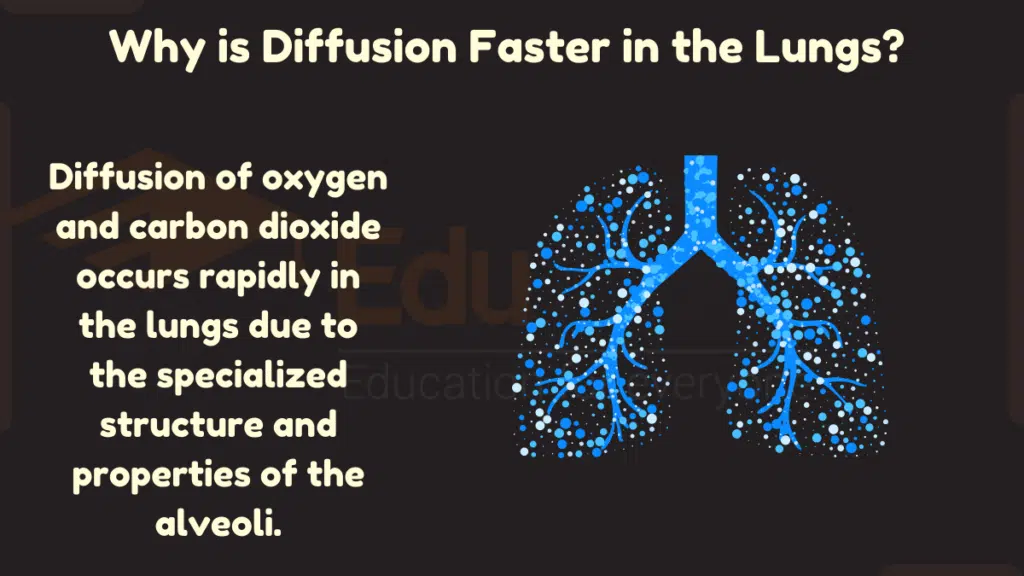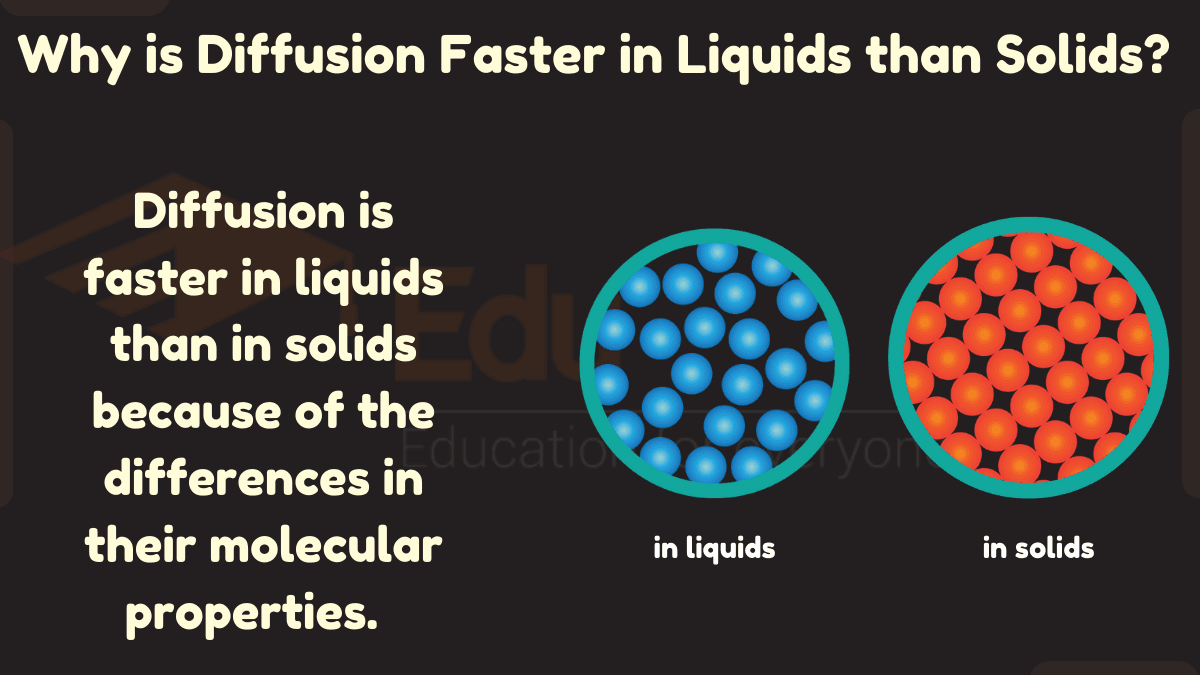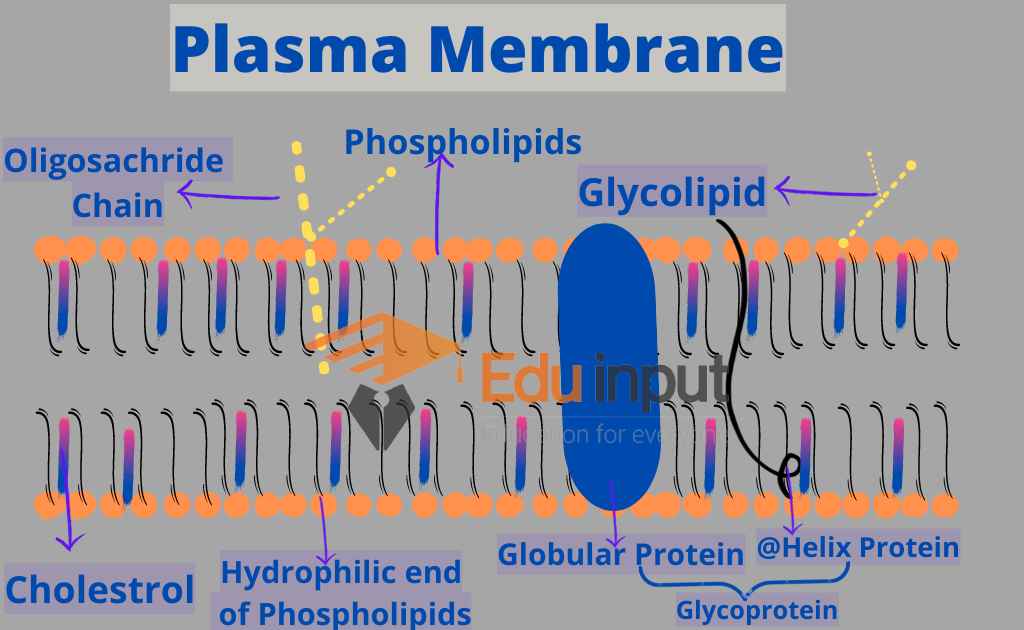Why is Diffusion Faster in Lungs?
Diffusion of oxygen and carbon dioxide occurs rapidly in the lungs due to the specialized structure and properties of the alveoli.

Also learn about:
Why Is Diffusion Faster In Water Than in Agar?
Why is Diffusion Faster in Gases?
Why is Diffusion Faster in Air Than Water?
Reasons Why is Diffusion Faster in Lungs
Here are a few reasons Why is Diffusion Faster in the Lungs;
Large Surface Area
The alveoli provide an enormous total surface area of about 75 m2. This extensive surface area allows more oxygen and carbon dioxide molecules to come into contact with the alveolar walls at once, maximizing the diffusion rate.
The huge surface area enables the lungs to rapidly exchange gases to meet metabolic needs.
Thin Membrane
The barrier of the alveolar membrane is extremely thin at just 0.5 microns thick. This tiny distance between the air in the alveoli and the blood allows for rapid diffusion of oxygen and carbon dioxide down their concentration gradients.
The thinner the barrier, the quicker gases can exchange across it.
Moist Surface
The lining of the alveoli is coated in a thin layer of moisture. This provides an ideal environment for the respiratory gases to dissolve and then diffuse swiftly across the membranes. Oxygen and carbon dioxide both have higher solubility in water, so the moist surface improves diffusion.
Example
Imagine that you have just inhaled and your alveoli are filled with air. The air in the alveoli has a high concentration of oxygen and a low concentration of carbon dioxide.
The blood in the pulmonary capillaries has a low concentration of oxygen and a high concentration of carbon dioxide.
Oxygen will diffuse from the alveoli into the blood because the oxygen concentration is higher in the alveoli and lower in the blood.
Carbon dioxide will diffuse from the blood into the alveoli because the carbon dioxide concentration is higher in the blood and lower in the alveoli.
This process of diffusion will continue until the oxygen and carbon dioxide concentrations are equal in the alveoli and in the blood. However, this never actually happens because the body is constantly using oxygen and producing carbon dioxide.
This means that there is always a concentration gradient for oxygen and carbon dioxide, which drives the diffusion process.







Leave a Reply